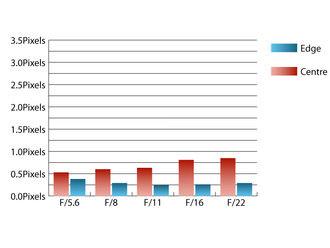Handling and features
Performance
Verdict
Specification
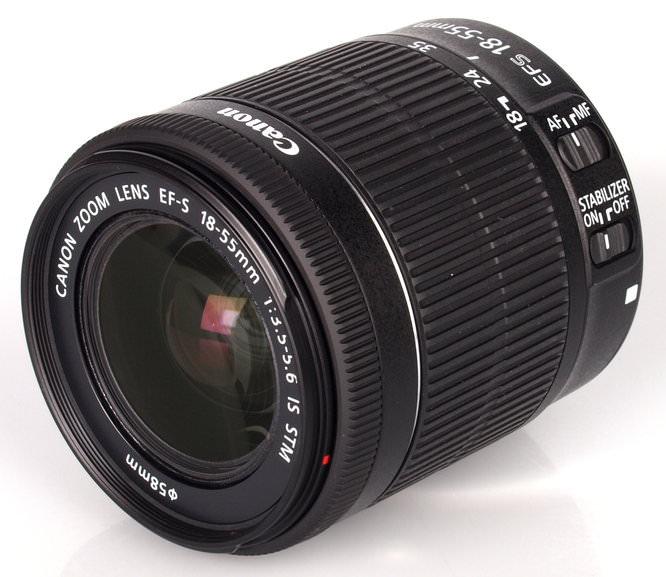
This is the latest incarnation of Canon's 18-55mm image stabilised kit lens for EF-S compatible EOS cameras sporting their new STM stepping motor technology, which promises to provide smooth, silent autofocus, especially well-suited for shooting video. Although most people who end up owning this lens will pick it up as part of a kit, bundled with one of Canon's entry-level SLRs, it can also be purchased for around £200. In this review, we'll take a look at how it performs.
Canon EF-S 18-55mm f/3.5-5.6 IS STM Handling and features
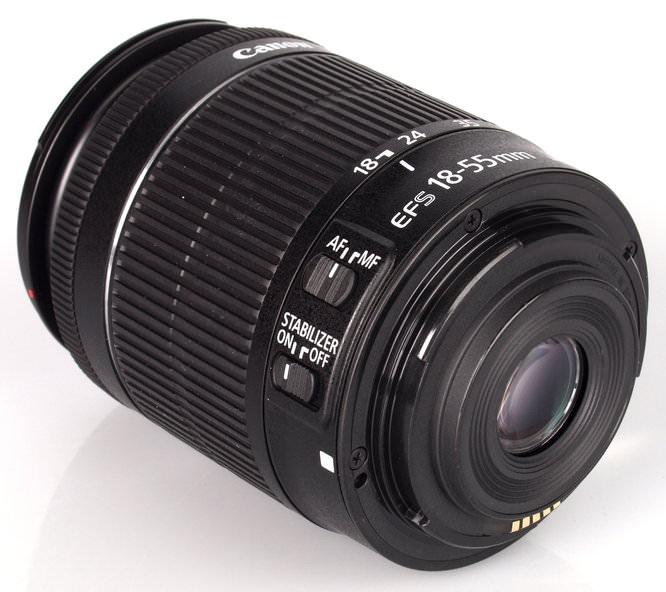
Lightweight, yet sturdy plastics have been used for much of the construction of this lens, which helps to keep the weight down to just over 200g. The lens mount is also made of plastic and as it is an EF-S lens, it can only be mounted on E-FS compatible Canon cameras, like the Canon EOS 600D used for testing. The light weight and compact dimensions of the lens make this an ideal companion for compact entry-level SLRs.
Autofocus is very quick, precise and virtually silent. Unlike many of Canon's USM lenses, manual focus override is not possible all the time and manual focusing is performed by the focusing motor. Manual adjustments can be made in single focus mode once the lens has locked onto a target by keeping the shutter button depressed and turning the focus ring. The manual focusing ring isn't very well damped, and feels quite loose in operation, which can make applying fine focus adjustments a little harder than it may be, as the focus ring is very easily nudged.

Focusing is performed internally, so the 58mm filter thread doesn't rotate, making this lens ideal for use with polarising and graduated filters. Closest focus is 25cm from the sensor plane throughout the zoom range, which is ideal for frame filling close-ups or shooting in claustrophobic environments.
Sharp hand held images are possible at 55mm with some degree of consistency at 1/10sec, which is roughly three stops slower than the usual rule of thumb for sharp images would allow. When shooting at slow shutter speeds, best results are achieved if a pause of a second or two if left between focusing and taking an image. This allows the image stabiliser to catch up and properly steady the image in the viewfinder.
Canon EF-S 18-55mm f/3.5-5.6 IS STM Performance
For a lens that will be bundled with Canon's entry level cameras, the sharpness delivered is quite impressive. At 18mm sharpness is already excellent across the frame at maximum aperture and remains so until the lens is stopped down beyond f/8.
With the lens zoomed to 35mm, sharpness in the centre of the frame remains very high at maximum aperture and although clarity towards the edges of the frame is reduced, it is still very good. Peak sharpness across the frame is achieved between f/5.6 and f/8. Here sharpness is excellent across the frame.
Finally, with the lens zoomed to 55mm, overall sharpness is reduced, but clarity is still excellent in the centre of the frame at maximum aperture and still very good towards the edges of the frame. This pattern remains constant until the aperture is stopped down beyond f/11.
|
Resolution @ 18mm |
|
|
Resolution @ 55mm |
How to read our chartsThe blue column represents readings from the centre of the picture frame at the various apertures and the green is from the edges. Averaging them out gives the red weighted column.The scale on the left side is an indication of actual image resolution. The taller the column, the better the lens performance. Simple. For this review, the lens was tested on a Canon EOS 600D using Imatest. |
Chromatic aberrations are a little on the high side, especially towards the edges of the frame at 35mm, where one pixel width is exceeded at apertures faster than f/5.6 and when stopped down to f/16 or beyond. This level of fringing shouldn't pose too many issues, but may start to become visible along high contrast regions towards the edges of the frame.
|
Chromatic aberration @ 18mm |
|
|
Chromatic aberration @ 55mm |
How to read our chartsChromatic aberration is the lens' inability to focus on the sensor or film all colours of visible light at the same point. Severe chromatic aberration gives a noticeable fringing or a halo effect around sharp edges within the picture. It can be cured in software.Apochromatic lenses have special lens elements aspheric, extra-low dispersion etc. to minimize the problem, hence they usually cost more. For this review, the lens was tested on Canon EOS 600D using Imatest. |
Falloff of illumination towards the corners of the frame is reasonably well controlled. At 18mm the corners are 1.67 stops darker than the image centre at maximum aperture and visually uniform illumination is achieved with the aperture stopped down to f/5.6 and beyond. At 55mm the corners are 0.75 stops darker than the image centre and visually uniform illumination is achieved at f/8 and beyond.
Distortion is fairly typical for a lens of this type, with Imatest detecting 3.12% barrel at 18mm at 0.163% pincushion at 55mm. This level of distortion should pose few issues for many, but may be too much for discerning photographers. If straight lines are of the utmost importance, then you'll be glad to hear that the distortion pattern is uniform across the frame, which should make corrections relatively simple to apply in image editing software afterwards.
No issues with flare were encountered during testing, with only a slight loss on contrast being noticeable when shooting directly into the light. No lens hood is supplied as standard, so if you require one for peace of mind, then the EW-63C petal-shaped hood can set you back up to £23, which seems a lot for a shaped piece of plastic.
Canon EF-S 18-55mm f/3.5-5.6 IS STM Sample Photos
Value for Money
Currently, this lens is available for around £200, but the price has continued to drop steadily from launch. Most people who end up owning this lens will pick it up as part of a kit, so wouldn't dream of paying that much for this lens on its own, especially as the previous USM version can be picked up for around £85.
Canon EF-S 18-55mm f/3.5-5.6 IS STM Verdict
Gone are the days where the kit lens supplied with your entry-level DSLR is a substandard piece of junk, only fit to tide you over until you save up for an upgrade. Although this lens may be made mostly of plastic, optically it performs well enough to satisfy the needs of most photographers.
Given that this lens costs more than double its predecessor at the moment, it doesn't seem all that good value for money though. However, the price of this lens is steadily falling as it becomes more available. The fact that most owners of this lens will buy it as part of a camera kits, it's worth knowing that is may be a lens to keep after all.
Thanks to HarrisonCameras for providing the Canon EOS 600D used for testing.
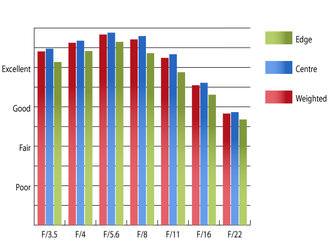
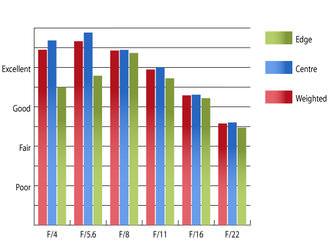 Resolution @ 35mm
Resolution @ 35mm
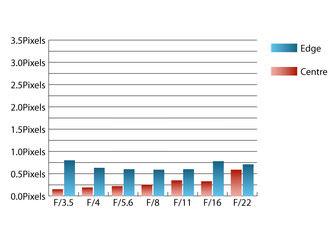
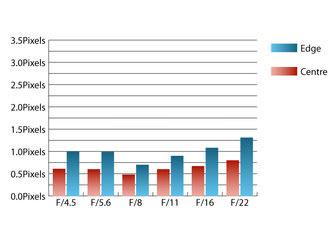 Chromatic aberration @ 35mm
Chromatic aberration @ 35mm